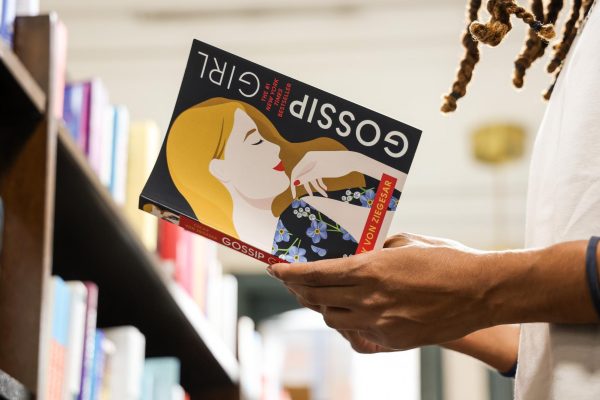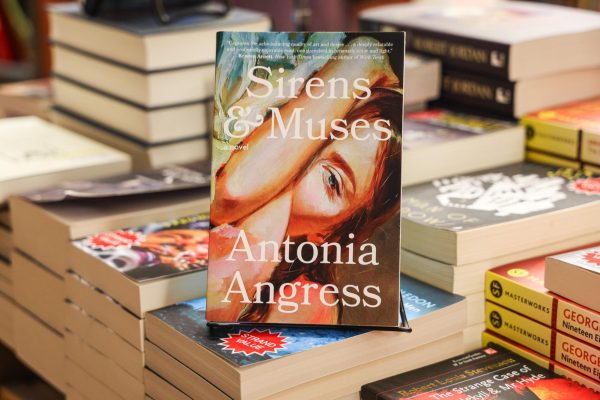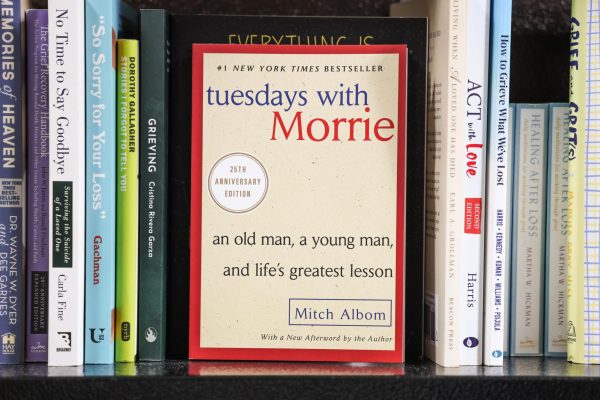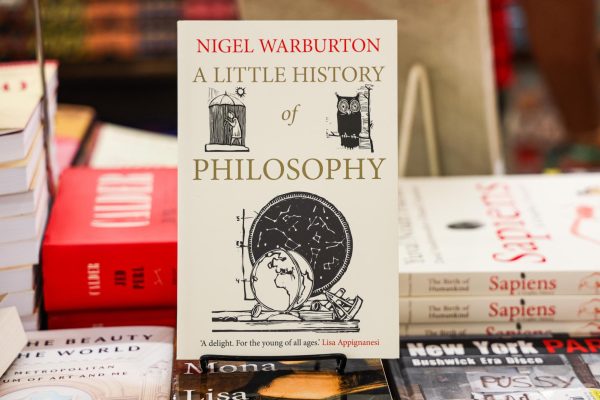With rested minds and lingering tan lines, the summer ends and the school year begins once again. New classes mean new professors, a new workload and new expectations. If you get a chance to take a break between your hours of studying, be sure to crack open one of these back-to-school books.
“Gossip Girl” by Cecily von Ziegesar

Delve into the champagne problems of New York City’s young elite through the book that inspired the television drama, “Gossip Girl.” The first novel in the series follows teenage socialite Serena van der Woodsen’s return to a Manhattan private high school after a year away at boarding school. This is much to the disdain of her old friend, Blair Waldorf, who has taken over Serena’s role as queen bee. Alongside their clique of upper-echelon classmates, the girls take on high school popularity politics and raise hell at fundraisers — all under the watchful eye of an anonymous gossip blogger. The book is lighter fare and by no means Shakespeare, but it’s a perfect lighthearted pick for the beginning of the semester. While Blair’s eventual — and brief — tenure at NYU is exclusive to the TV series, the novel’s absurd, Manhattan-centered drama can help any NYU student romanticize the school.
“Sirens & Muses: A Novel” by Antonia Angress

“Sirens & Muses: A Novel” follows the lives of three students and one visiting professor at a renowned New England art school. Antonia Angress weaves together the stories of Louisa, a scholarship student who never feels quite at home at the elite school, Preston, a wealthy and politically-engaged student who’s always causing trouble, Robert, a professor struggling to keep his place in the art world, and Karina, the daughter of prominent art collectors. Each character searches for their place in the world amid the early 2000s recession and the Occupy Wall Street movement. The novel explores sexuality, class, art and more at an elite American college.
“In the Margins: On the Pleasures of Reading and Writing” by Elena Ferrante

Elena Ferrante, the renowned, pseudonymous Neapolitan writer is best known for the Neapolitan Quartet. “In the Margins: On the Pleasures of Reading and Writing” is composed of four essays about her literary life, including her inspiration, process and identity as both a reader and a writer. Ferrante writes about the beauty of the written word, and as NYU students begin to settle into their classes and get back to work, these texts can be used as motivation toward upcoming reading and writing assignments. After reading “In the Margins,” you will be able to appreciate the beauty in their homework, rather than face it with dread.
“Tuesdays with Morrie: An Old Man, A Young Man and Life’s Greatest Lesson” by Mitch Albom

Sometimes you meet a teacher who fundamentally shifts the way you think about the world around you. For American author Mitch Albom, this teacher was his former Brandeis University sociology professor, Morrie Schwartz. In Albom’s memoir, “Tuesdays with Morrie,” the author recounts visiting Schwartz as his former professor is dying from amyotrophic lateral sclerosis, a neurological disorder that weakens muscle control. Before reconnecting with Schwartz, Albom was forced to give up his musical career for a more practical and higher-paying position at a Detroit newspaper. One night while watching TV, Albom switches to a channel featuring an interview with his old professor, Morrie Schwartz. This inspires Albom’s visits to Schwartz’s home in the final chapter of his life. Schwartz gave his last gifts of wisdom to Albom, and through this memoir shares those gifts to readers.
“A Little History of Philosophy” by Nigel Warburton

A 40-chapter book detailing the chronological progression of Western philosophy might sound like a less-than-appealing choice as professors assign readings for class. However, Warburton’s approachable writing style makes for an easy read of complicated ideas. Warburton details the life and work of a different philosopher in each chapter, including Niccolò Machiavelli, Thomas Hobbes, Simone de Beauvoir and more. His seamless transitions between philosophers makes this book stand out, it follows the history of philosophy in an organized, linear fashion, making the daunting history of thought concise. While the book isn’t likely going to change the way its readers think, Warburton’s writing will encourage readers to broaden their ways of thinking, making this a perfect read for the start of the semester.
Contact the Arts Desk at [email protected].






















































































































































